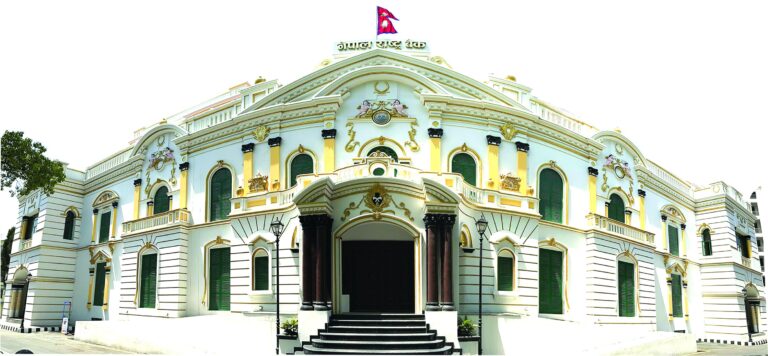Kathmandu – Nepal Rastra Bank has increased the amount to be spent by microfinance financial institutions for customer protection. The Banking and Financial Institutions Regulation Department of the National Bank has revised the integrated guidelines issued for microfinance institutions and introduced a rule that 3 percent of the profit should be deposited in the customer protection fund.
At present, 1 percent of the net profit must be deposited in such a fund, but in the next three years, 3 percent of the profit must be deposited in such a fund. In June 2082, 1.5 percent of the net profit, 2 percent in the end of June 2083 and 3 percent in the end of June 2084 have to be deposited in the customer protection fund.
Similarly, in the event of annual dividend distribution exceeding 15 percent, 35 percent of the proposed dividend above 15 percent must be deposited in the customer protection fund. Similarly, microfinance can also invest in low-cost house construction. Earlier, there was a provision for solar house system and biogas to invest up to 3 lakhs, now they can give low-cost house construction loans of 3 lakhs.
Microfinance institutions should only spend the money collected in the fund on programs of collective interest such as protecting and rehabilitating the business of borrowers in trouble, developing the education and capacity of customers, school level education of children, health and nutrition. The National Bank has arranged that a borrower can take loans from maximum two microfinance institutions. The Rastra Bank has made an arrangement that a maximum of 2 microfinance financial institutions can provide loans to one borrower without exceeding the credit limit while providing microloans without collateral or under the security of collateral.
Similarly, microfinance institutions will be able to remove blacklisted borrowers from the blacklist for a short period of time. Even though microfinance financial institutions have included non-paying borrowers in the blacklist of the Credit Information Center, if the institution feels that the borrower will try and repay the loan in a short period of time, if given some time, it can be removed from the blacklist for 6 months. However, if the loan is not repaid within 6 months, it will have to be recommended to the Center to be included in the blacklist.
Provision has also been made that microfinance financial institutions cannot adopt any kind of abusive and harsh method for debt recovery. The organization must complete an internal audit of all branch offices at least once a year.Previously, there was a provision that such a test should be completed at least in two years.



 About Us
About Us
Comment